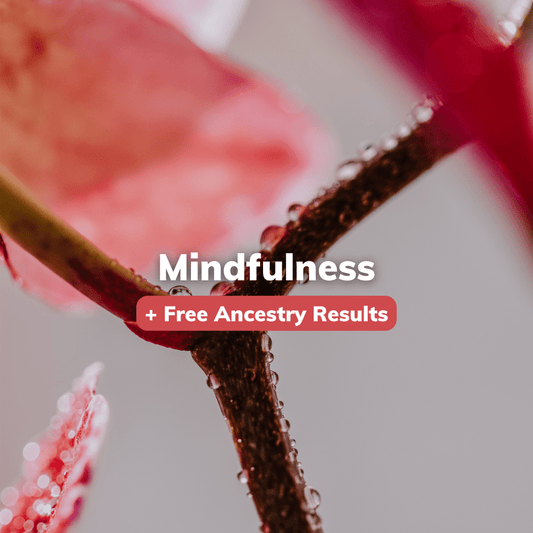
Nontoxic Multinodular Goiter
BioCertica Content TeamNontoxic multinodular goiter (MNG) is a condition characterized by an enlarged thyroid gland with multiple nodules, without causing hyperthyroidism. The thyroid gland, located in the neck, produces hormones that regulate many bodily functions, including metabolism, heart rate, and body temperature.
MNG is a common thyroid disorder, often occurring in areas with iodine deficiency. Other factors like aging, gender (more common in women), and genetic predisposition also contribute to its development.
MNG typically presents with a visible swelling at the base of the neck. Depending on its size, it may cause symptoms like difficulty swallowing or breathing, hoarseness, or a tight feeling in the throat.
Diagnosis of MNG usually involves a physical exam, thyroid function tests, and imaging tests like ultrasound or computed tomography (CT) scans. A fine-needle aspiration biopsy may be performed to rule out thyroid cancer.
Treatment options depend on the size of the goiter, the presence of symptoms, and whether the nodules are benign or malignant. Treatments can range from watchful waiting in asymptomatic cases, to thyroid hormone suppressive therapy, radioactive iodine treatment, or surgery in severe cases.
Preventing MNG involves ensuring an adequate dietary intake of iodine, particularly in regions where iodine deficiency is prevalent. Regular check-ups can help detect the condition early and initiate appropriate management.
Though MNG typically does not affect life expectancy, large goiters may cause discomfort and cosmetic concerns. Moreover, a small percentage of nodules can be malignant, necessitating prompt treatment.
References:
- Gharib, H., & Papini, E. (2007). Thyroid nodules: clinical importance, assessment, and treatment. Endocrinology and metabolism clinics of North America, 36(3), 707-735.
- Knobel, M. (2016). Etiopathology, clinical features, and treatment of diffuse and multinodular nontoxic goiters. Journal of Endocrinological Investigation, 39(4), 357-373.
- Belfiore, A., La Rosa, G. L., La Porta, G. A., Giuffrida, D., Milazzo, G., Lupo, L., ... & Vigneri, R. (1992). Cancer risk in patients with cold thyroid nodules: relevance of iodine intake, sex, age, and multinodularity. The American journal of medicine, 93(4), 363-369.
- Hegedüs, L. (2004). Clinical practice. The thyroid nodule. The New England journal of medicine, 351(17), 1764.
- Gharib, H., Papini, E., Paschke, R., Duick, D. S., Valcavi, R., Hegedüs, L., & Vitti, P. (2010). American Association of Clinical Endocrinologists, Associazione Medici Endocrinologi, and European Thyroid Association medical guidelines for clinical practice for the diagnosis and management of thyroid nodules. Endocrine Practice, 16(Supplement 1), 1-43.
- Bonnema, S. J., & Hegedüs, L. (2009). Radioiodine therapy in benign thyroid diseases: effects, side effects, and factors affecting therapeutic outcome. Endocrine reviews, 33(6), 920-980.
- Zimmermann, M. B., & Boelaert, K. (2015). Iodine deficiency and thyroid disorders. The Lancet Diabetes & Endocrinology, 3(4), 286-295.
- Durante, C., Grani, G., Lamartina, L., Filetti, S., Mandel, S. J., & Cooper, D. S. (2018). The diagnosis and management of thyroid nodules: a review. Jama, 319(9), 914-924.



